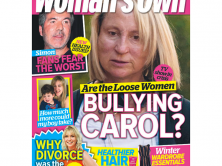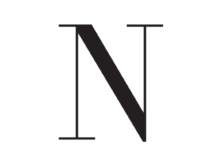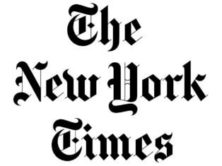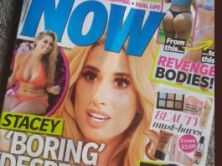Lance Armstrong tweeted his complaint about Outside magazine photoshopping a fake logo on his plain T-shirt--complete with abbreviated cursewords--for its cover. Outside defends itself by pointing to a small font disclosure on the cover--see small text circles in red and enlarged in yellow box above. (Credit: Outside magazine)
Outside magazine’s July issue features a cover image of seven-time Tour de France winner Lance Armstrong donning a T-shirt reading: “38. BFD.” (FYI 38 is Armstrong’s age and BFD stands for Big F****** Deal, according to the Urban Dictionary.)
The Lance Armstrong cursing image was bogus.
But, Armstrong wasn’t wearing that T-shirt in the photo shoot. The 38 and the BFD were Photoshopped.
Stylelist.com reported that Armstrong “is pretty P.O.’d about his appearance on the July cover of Outside magazine, which left him asking WTF? when he saw that some tweaks had been made to the T-shirt he was wearing on the photo shoot.”
Armstrong then tweeted June16 about the Photoshop, stating that he was wearing a plain T-shirt and calling the edit “lame.”
A Fox affiliate in Kansas City reported the magazine issued a statement about the cover admitting that it did Photoshop the image, but that it disclosed in the corner of the cover “Note: Not Armstrong’s real T-shirt.”
The magazine addressed the criticism in a post on its site: “We wanted to create a provocative image and make a bold statement about the fact that, because of Armstrong’s age, many cycling fans are skeptical of his chances in this year’s Tour de France.”
However, Daily Finance doesn’t think that exempted the magazine from its Photoshop and that the magazine “owes Lance Armstrong an apology.”
Daily Finance wrote that many people will likely miss the disclaimer on the cover and that the magazine shouldn’t have tricked Armstrong that way.
“Even if they didn’t mislead readers — and plenty of casual newsstand browsers will notice the shirt but miss the small-type disclaimer — they were less than candid with Armstrong, and he has every right to feel snookered. Magazine photographers and photo editors are forever trying to get celebrities to put themselves in compromising or ridiculous positions for cover shoots in order to generate memorable images. Sometimes they succeed. Sometimes they don’t, and the magazines resort to digital wizardry to fabricate an image.”
The Society of Professional Journalists’ code of ethics advises to “make certain that headlines, news teases and promotional material, photos, video, audio, graphics, sound bites and quotations do not misrepresent. They should not oversimplify or highlight incidents out of context.” and “never distort the content of news photos or video. Image enhancement for technical clarity is always permissible. Label montages and photo illustrations.”






